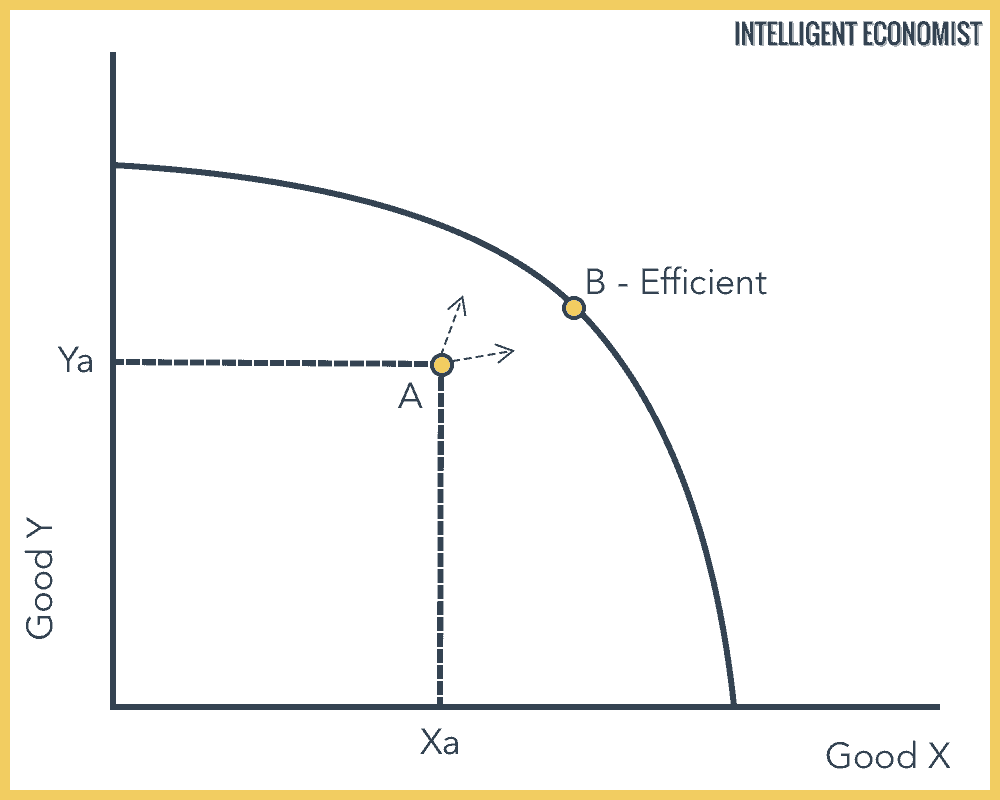
In the sense that bacteria and fungi typically assimilate effectively 100% of the dead organic matter they digest externally and absorb, they are often said to have an 'assimilation efficiency' of 100%.Īssimilation efficiencies are typically low for herbivores, detritivores and microbivores (20-50%) and high for carnivores (around 80%). Food does not enter an invagination of the outside world passing through the microorganism's body (like the gut of a higher organism) and feces are not produced. An 'assimilation efficiency' is much less easily ascribed to microorganisms. The remainder is lost as feces and enters the base of the decomposer system. Invertebrate predators consume perhaps 25% of available invertebrate prey production.Īssimilation efficiency is the percentage of food energy taken into the guts of consumers in a trophic compartment (In) that is assimilated across the gut wall (A„) and becomes available for incorporation into growth or to do work. Vertebrate prey but perhaps only 5% from invertebrate prey. Vertebrate predators may consume 50-100% of production from We know much less about the consumption efficiencies of carnivores feeding on their prey, and any estimates are speculative.

Median values for consumption efficiency are less than 5% in forests, around 25% in grasslands and more than 50% in phytoplankton-dominated communities. The consumers of microscopic plants (microalgae growing on beds or free-living phytoplankton) can achieve greater densities, have less structural tissue to deal with and account for a greater percentage of primary production. Most of the estimates are remarkably low, usually reflecting the unattractiveness of much plant material because of its high proportion of structural support tissue, but sometimes also as a consequence of generally low herbivore densities (because of the action of their natural enemies). Various reported values for the consumption efficiencies of herbivores are shown in Figure 17.23. The remainder dies without being eaten and enters the decomposer chain.

In the case of secondary consumers, it is the percentage of herbivore productivity eaten by carnivores. For primary consumers in the grazer system, CE is the percentage of joules produced per unit time as NPP that finds its way into the guts of herbivores. Repeated in words, CE is the percentage of total productivity available at one trophic level (Pn-1) that is actually consumed ('ingested') by a trophic compartment 'one level up' (In). (Data from a number of sources, compiled by Cebrian, 1999.)


The proportions of net primary production that flow along each of the possible energy pathways depend on transfer efficiencies in the way energy is used and passed from one step to the next.


 0 kommentar(er)
0 kommentar(er)
